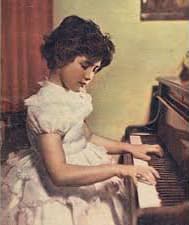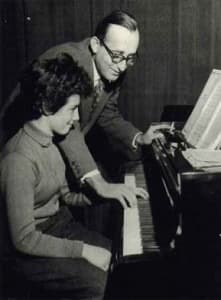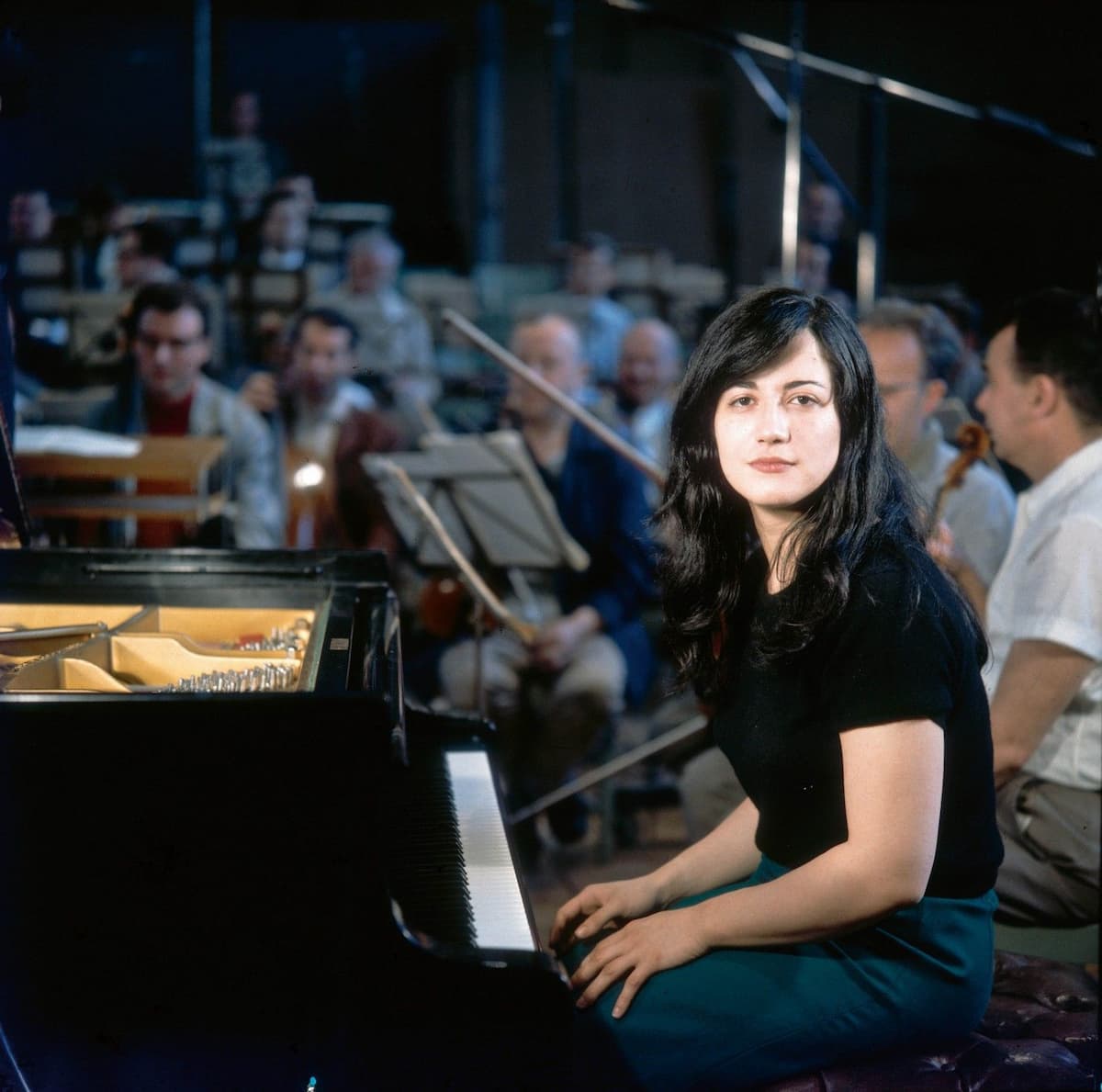Leah C. Salterio - The Philippine Star
David Pomeranz is presently working on a musical that has something to do with the Philippines. He cannot disclose any specific details about the musical. He says, ‘It’s something I’ve been working on for quite some time with Filipina book writer, Liza Magtoto, who wrote Rak of Aegis.’ In 1995, David also wrote The Little Tramp, a musical on the life of Charlie Chaplin. He went north of San Francisco and rented himself a room cottage and locked himself all alone for three months.
MANILA, Philippines — “It’s not my 40th year in the music business,” balladeer extraordinaire, composer and lyricist David Pomeranz reiterated. “It’s my 40th year of performing in the Philippines.”
Still touring at 72, David is in the Philippines anew to stage a series of concerts in Manila all the way to Luzon, Visayas and Mindanao. The Coming Home tour is mounted for the first time by educator, entrepreneur and producer Dr. Carl Balita.
To date, when hundreds of thousands of Filipinos still sing his music every time he is onstage, David gets undeniably thrilled. “It’s delicious, absolutely delicious because it’s perfectly beautiful,” he remarked.
In 1983, David was invited to perform in Manila for the first time by concert promoter Renen de Guia (Ovation Productions). David performed at the Folk Arts Theater with such other balladeers as Stephen Bishop and Michael Johnson.
“Sixteen years went by and I never went back to the Philippines,” David recalled. “But I realized what I did was something awesome and special. Sixteen years later, I got another call from a different promoter. My wife and I made a decision.”
“We were ready to return to the Philippines. Whatever happens, say ‘Yes,’ I told her. I’ve never done that before in my life. After the long show, I was asked if I wanted to make an album. I was asked if I wanted to play in a mall. I said, ‘Sure,’” he added.
“The fascinating life lesson I learned then, if you just say ‘Yes,’ everything will come naturally. You don’t have to push anything. You don’t have to force anything. So that’s how it all came. I kept coming back here because I was always asked to.”
Through the years, David sang and recorded songs with such Filipino artists as Sharon Cuneta (If You Walk Away from Me Today), Ima Castro (In Our Hands and Have Yourself a Merry Little Christmas).
“I also performed songs with Joey Albert (Tell Me), Pops Fernandez (King and Queen of Hearts) and Vina Morales (Will You Still Love Me Tomorrow). But when I sing with them in Tagalog, I needed a tele-prompter,” he shared.
“Martin Nievera did Born for You. Sarah Geronimo recorded I’ll Be Yours. Lea Salonga’s version of This Is What I Dream is very exceptional. I also recorded (Gary Valenciano’s) Pasko Na, Sinta Ko on my Christmas album.”
Not only local artists recorded David’s songs. Cliff Richard also reimagined David’s ballad, I Still Believe in You, with a beautiful arrangement.
Barry Manilow recorded David’s hits like The Old Songs and Trying To Get the Feeling Again.
“Mny other people recorded my songs and there was always an odd experience,” David said. “Honestly, it was a little strange. When I write them, I hear the songs in my head. When I sing them, I sing them the way I heard them.”
Every time he performs any of his songs, David is not simply reliving it. “The song is always brand new,” he insisted. “Look at the audience, connect, sing to them. Brand new. It never gets old. It doesn’t die. If it dies, I might die, too. I’m so grateful.”
“That’s what I love most of all about being alive in this body. I think it has something to do with our mutual love for the beautiful melody. I was raised in Long Island, New York City and my parents would take me to Broadway shows as a very little boy,” he said.
“When I was five, my parents would play for me the West Side Story original cast album on Broadway. I just sat in one corner on the floor in our den and I wept at the depth and beauty of the work by Leonard Bernstein (music) and Stephen Sondheim (lyrics).”
David has managed to go on an R&R (rest and recreation) to the Philippines, minus any concert schedules. “One time, I’ve been to Boracay with my family,” he said. “I haven’t been to Palawan yet. You have very nice resorts here. I’ve also been to Balesin.”
Another thing that makes David return to the Philippines, is that a number of people and local artists have been his friends for a long time.
“They are dear, loyal and good friends,” he stressed. “My wife and son, they also love coming back here because Filipinos care.”
He continued: “Family is big here. I was raised in a Jewish family in New York and we were all together and we look forward to seeing each other during the holidays.”
“In the US, there’s a tendency to make kids who see you during the holidays to say, ‘Bye, see you next Christmas.’ That’s not so new.”
On occasions, there were lots of shows that David did in the Philippines that were really special and David had the fondest memories performing here.
“I don’t particularly remember which city or province, but on occasion, there were shows that were particularly special and it had a lot to do with the audience and me together,” David shared.
“It happened several times. There were always moments of connection. It was electrifying. People cried.”
David is presently working on a musical that has something to do with the Philippines. He cannot disclose any specific details about the musical, though. “Or I will be shot,” he smilingly said.
“It’s something I’ve been working on for quite some time with Filipina book writer, Liza Magtoto, who wrote Rak of Aegis.”
In 1995, David also wrote The Little Tramp, a musical on the life of Charlie Chaplin. He went north of San Francisco and rented himself a room cottage and locked himself all alone for three months.
“Because life is so noisy,” he revealed. “It was a room with a funky mattress on the floor and I finished a two-hour musical. That had been one of my most favorite moments.”
David’s “Coming Home” concert tour is presented by Carl Balita’s Review Center (CBRC). The shows kicks off in Zamboanga at the KCC Convention Center on Dec. 3, Cagayan de Oro at the Limketkai Mall, Dec. 4, Pangasinan at the Panpacific University Events Center, Dec. 5.
David will perform at the Newport Performing Arts Theater (NPAT) on Dec. 8 with Vina Morales as a special guest, in Bicol at the Albay Astrodome on Dec. 10, Mindoro at the Calapan City Convention Center on Dec. 12, Maguindanao del Sur at the Mango Grove at the South on Dec. 13.
He will be in Samar at the Calbayog City Sports Center on Dec. 17, Iloilo at the Iloilo Convention Center, Dec. 19 and Tacloban at the Summit Hotel, Dec. 15. Prior to the Philippines, he did two shows in Perth and one in Sydney, Australia.




